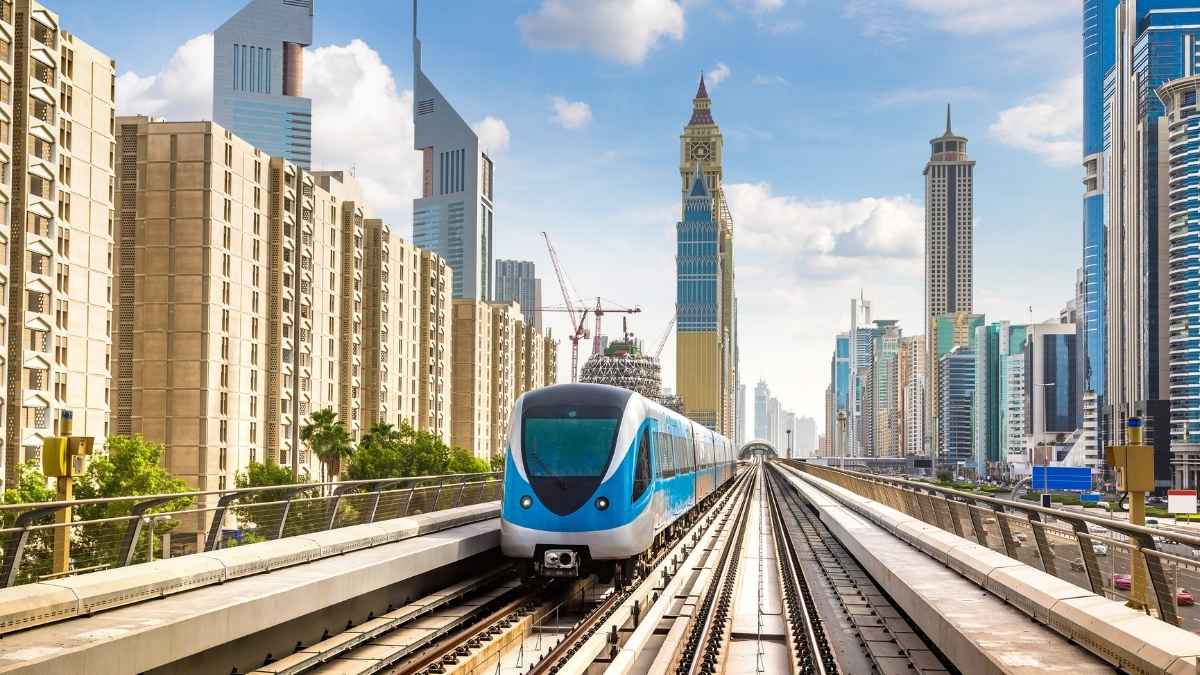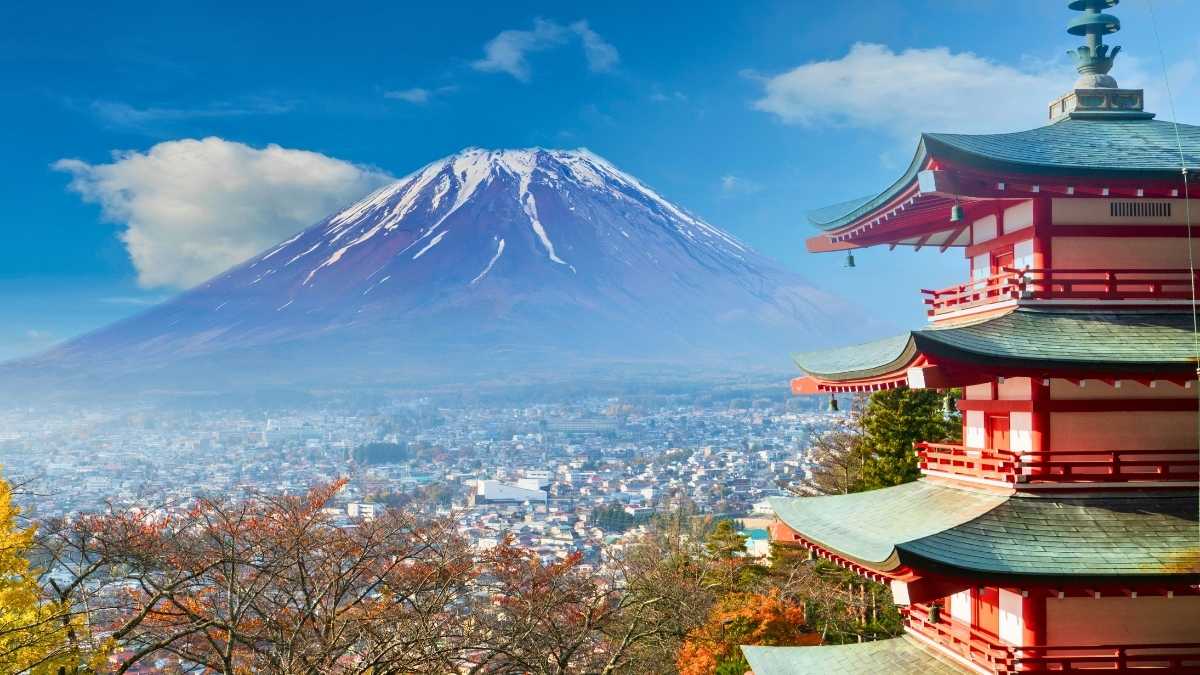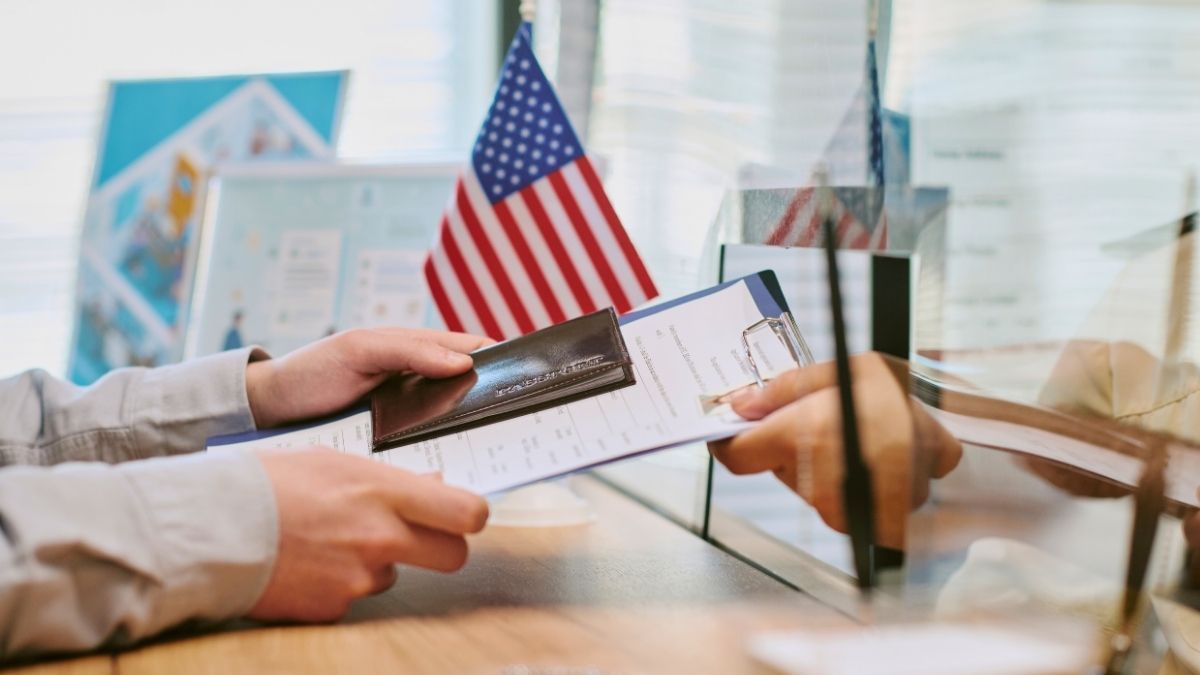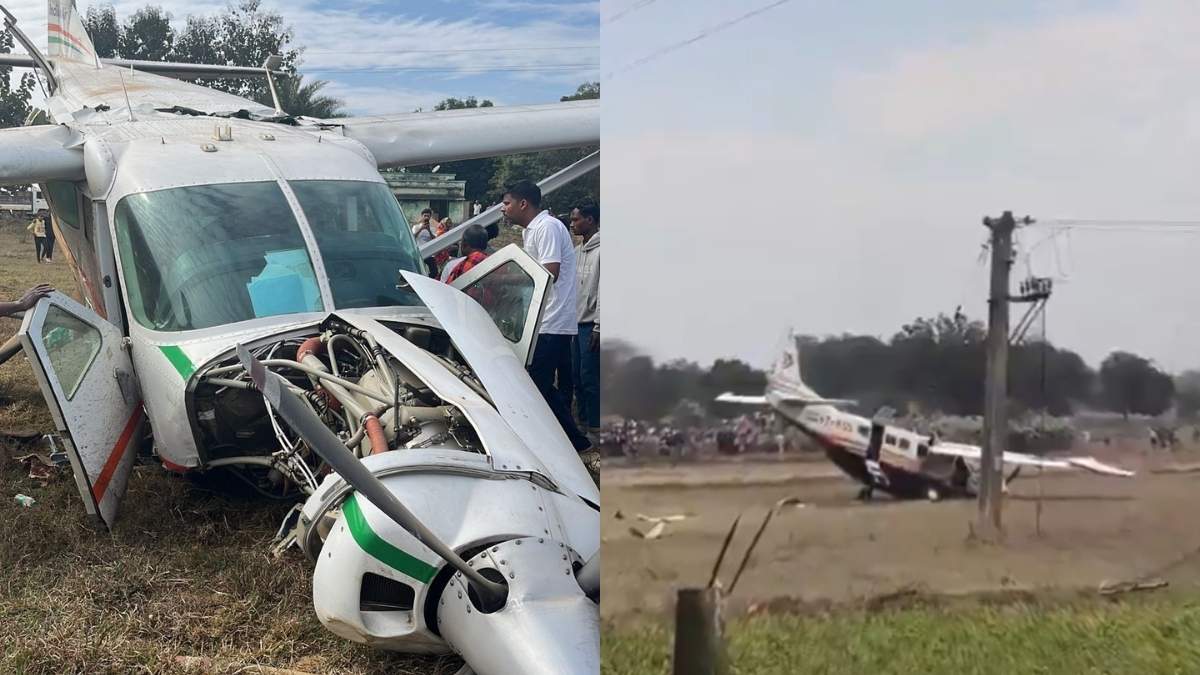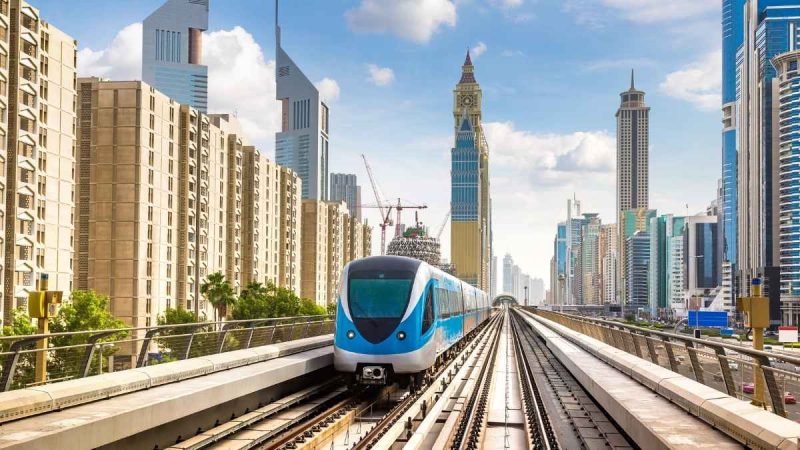It’s hard to believe now, but there was a time when people doubted whether a metro system could work in a car-obsessed Dubai. Fast forward to today, and the numbers speak for themselves: in the first half of 2025 alone, nearly 144 million passengers tapped through the Red and Green Line gates. That’s not just proof of demand, it’s a daily reminder that the Dubai Metro has become the city’s true backbone. And as the Dubai Metro turns 16, here are 16 facts about the iconic transport system.
Dubai Metro Turns 16!
1. Inaugural Journey Led by Sheikh Mohammed
Dubai Metro was once a dream. I was 10 years old when I visited London in 1959 with my father who insisted to see a train’s cockpit. 50 years later, Dubai Metro came true in 2009. Nothing is impossible if you can dream it. pic.twitter.com/3wtFGIyzCI
— HH Sheikh Mohammed (@HHShkMohd) September 8, 2019
On 09.09.09, at exactly nine minutes and nine seconds past 9 pm, Dubai made history. HH Sheikh Mohammed bin Rashid bought the first ticket with a personalised nol card and rode the inaugural train from Mall of the Emirates to Etisalat station.
2. Operations Managed Through Advanced Control Centres
Coinciding with the start of the Dubai Metro Blue Line construction works, RTA has opened the traffic diversion at Centrepoint Metro Station. Road users are kindly requested to use Exit 1 to access the new parking spaces, as the entrance to the multi-storey car park from Airport…
— RTA (@rta_dubai) September 7, 2025
Behind the smooth rides sits the Operations Control Centre in Rashidiya, supported by another in Jebel Ali. Together, they monitor more than 3,000 cameras, control train movements, and keep a driverless system on track. With punctuality at 99.7 per cent, the invisible work here is what makes the visible service so reliable.
3. Blue Line Expansion Set to Redefine Connectivity
In June 2025, Sheikh Mohammed, Ruler of Dubai laid the foundation stone for the Blue Line. A AED56 billion project, it will stretch 30km, add 14 stations, and include a 1.3km bridge over Dubai Creek. It will also feature the world’s tallest metro station at 74 metres. Once complete, Dubai’s rail network will cover 131km.
4. Ridership Numbers Reflect Growing Reliance
Since 2009, the Metro has carried more than 2.4 billion passengers. In 2024 alone, 275.4 million journeys were recorded, averaging 900,000 daily riders. The busiest hubs remain BurJuman, Union and Mall of the Emirates.
5. Heritage-Inspired Designs Across Metro Stations
Far from anonymous concrete shells, Dubai’s stations reflect the city’s past. Roofs shaped like shells recall pearl diving, while the Green Line features stations echoing Old Dubai’s traditional architecture.
6. Green Line’s Old Dubai Connection Strengthened In 2011
Launched in 2011, the Green Line connects historic districts including the Dubai Museum, the Gold Souq and the Spice Souq. Stations here draw on traditional Emirati architecture, bridging Dubai’s heritage with its modern infrastructure.
7. Inclusive Features For People of Determination
Accessibility has been central from day one. Stations include elevators, tactile paths and wheelchair spaces, while people of determination travel free with a personalised nol card.
8. Annual Music Festival Brings Culture to Stations
Every year, selected stations turn into performance venues as the Dubai Metro Music Festival unfolds. Union, BurJuman and DMCC stations host musicians from around the world, transforming commutes into cultural experiences and underlining the Metro’s wider role in the city.
9. Station Naming Rights Generate Revenue
Since 2009, naming rights have been sold to companies keen to link their brand with daily ridership. For Dubai’s Roads and Transport Authority (RTA), the scheme generates revenue and strengthens public-private partnerships, while keeping the network financially sustainable.
10. Engineering Tunnels With Giant Boring Machines
Construction was no easy feat. Al Wugeisha, a 60-tonne tunnel boring machine from Japan, carved out underground routes linking Union and BurJuman. A second TBM later tackled the Route 2020 extension, drilling through sand and rock beneath the city.
11. Route 2020 Extension Delivered For Expo
The Expo 2020 extension added 15km to the Red Line, connecting new communities and introducing seven stations, including Jumeirah Golf Estates and Expo 2020. Fifty new Alstom trains boosted capacity, equipped with LED lighting, dynamic route maps and expanded luggage areas.
12. Added Facilities Enhance Commuter Experience
The Metro is more than trains and platforms. Free Wi-Fi, park-and-ride for 8,000 cars, and a co-working space at BurJuman called WO-RK have become part of the ecosystem. Small conveniences like coffee shops and convenience stores make daily journeys smoother.
13. Fashion Industry Takes Over the Metro in 2013
“@RTA_Dubai: LIVE Coverage: The First Fashion Express, Fashion Show in Dubai Metro #dubaigov pic.twitter.com/OPs5WF4r“#fashion_in_train
— حسن سجواني 🇦🇪 Hassan Sajwani (@HSajwanization) January 30, 2013
In a striking departure from routine, Bloomingdale’s staged a moving runway show during the 18th Dubai Shopping Festival. Passengers were replaced with models as the Metro itself became a fashion platform.
14. Dubai Metro on the Big Screen in Bollywood
Bollywood’s Dabangg (2010) featured a song filmed at Khalid Bin Walid station, now BurJuman. For many international viewers, this was their first encounter with Dubai’s gleaming Metro system.
15. Guinness World Record For World’s Longest Driverless Metro
#Dubai #Metro,
15 Years of Dubai Metro
The World’s Longest Driverless Metro pic.twitter.com/LxeUoIBYKo— Saeed Khan (@saeed2784) September 9, 2024
For years after its launch, the Dubai Metro held the Guinness World Record for the longest driverless network at 75km. The system now stretches almost 90km across 55 stations, with expansion on the horizon.
Also Read: What Is ARIIS & How Does It Ensure Safety Of Dubai Metro Passengers And Infrastructure?
16. Metro’s Role In Shaping Dubai’s Urban Identity
Sixteen years on, the Metro is more than infrastructure. It reflects Dubai’s ambition, connects communities, and integrates heritage with modernity. With each new expansion, it reinforces its role as both a transport lifeline and a cultural landmark.
Metro isn’t just about moving people from A to B. Over 16 years, it’s gathered milestones, quirks and cultural moments that feel uniquely Dubai.
Cover Image Courtesy: CanvaPro/bloodua from Getty Images
For more such snackable content, interesting discoveries and the latest updates on food, travel and experiences in your city, download the Curly Tales App. Download HERE. First Published: September 08, 2025 3:08 PM
